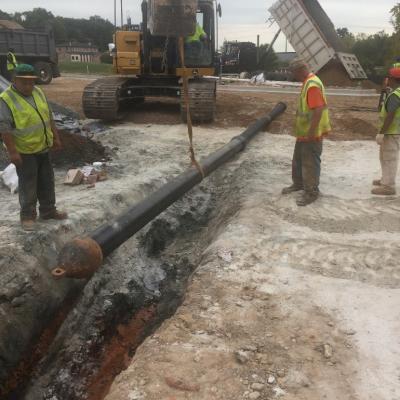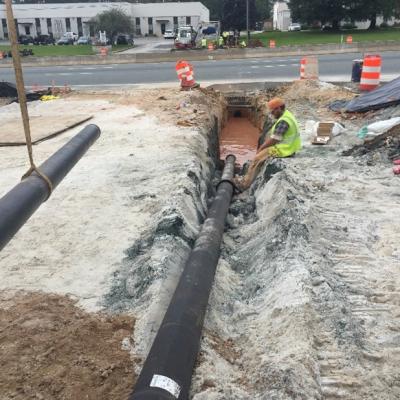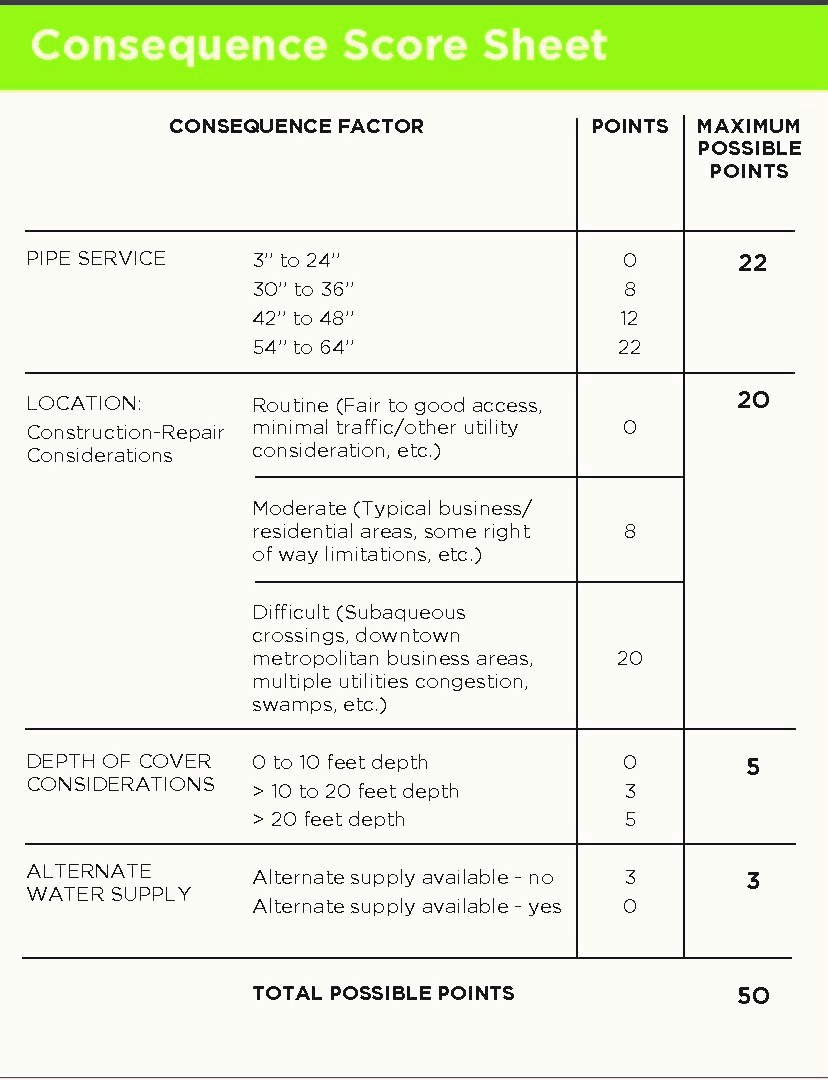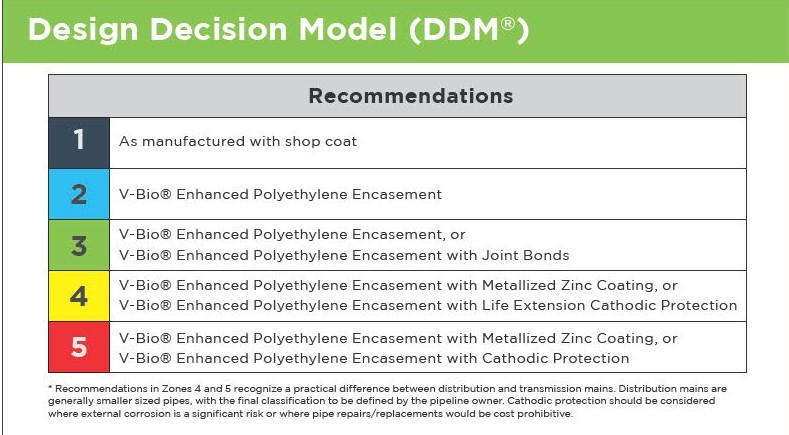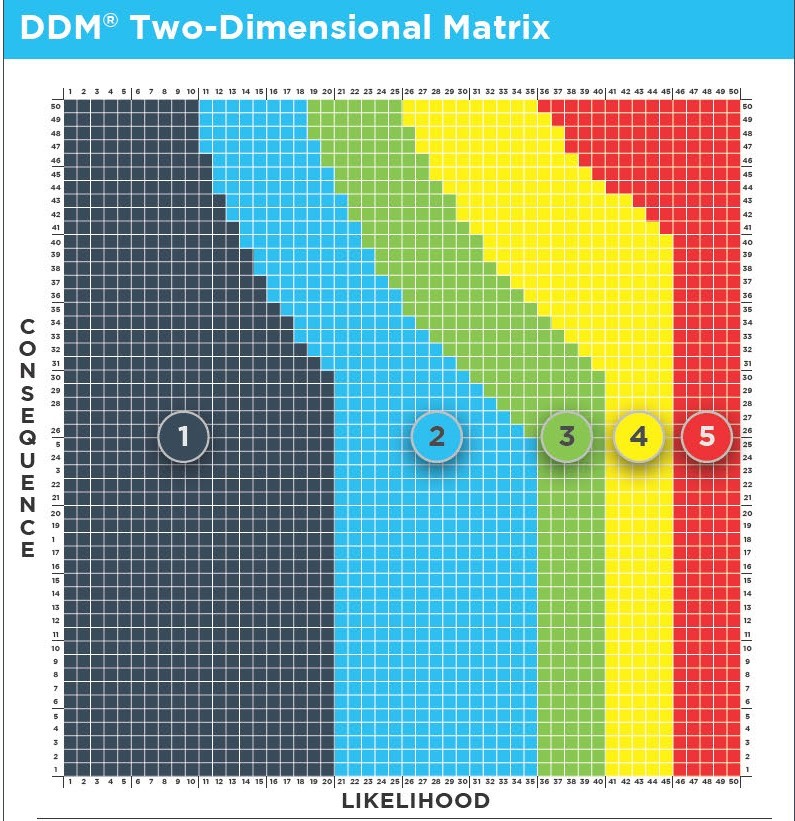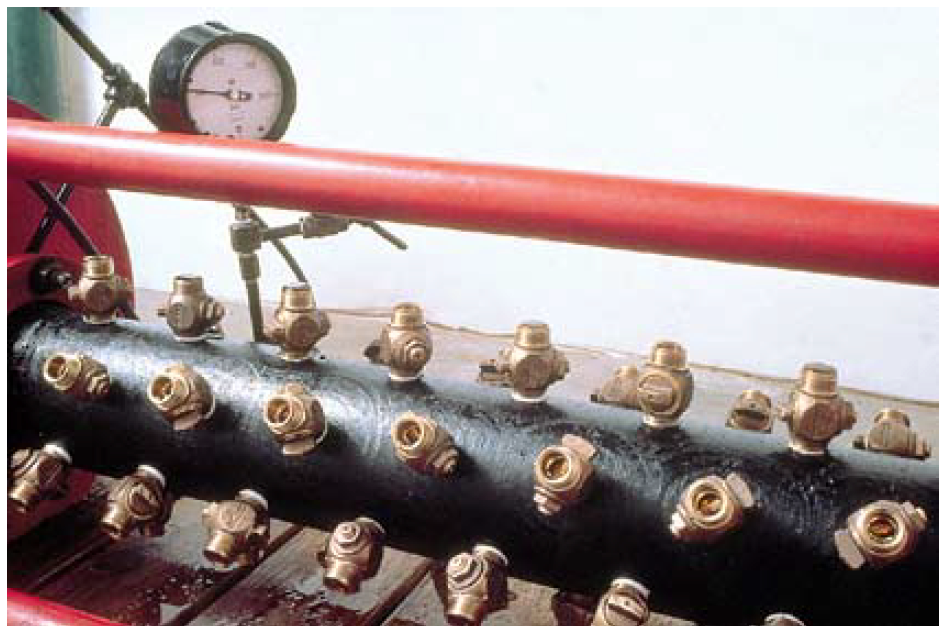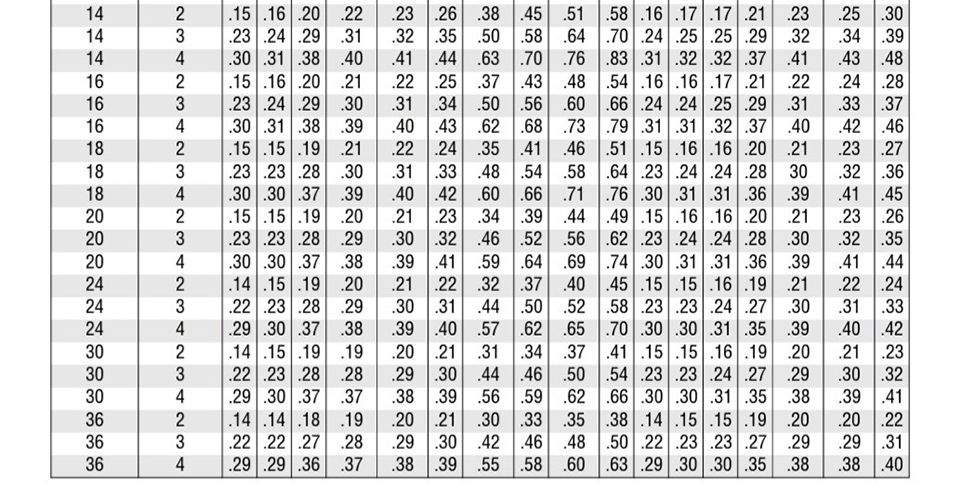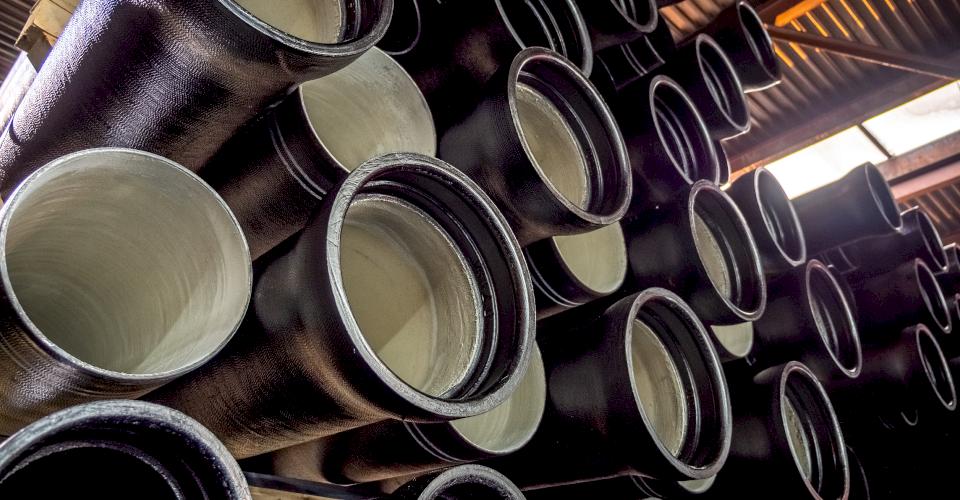In 1492, Christopher Columbus was shocked when his ship made landfall in a land Europeans had never explored. Along the way, he proved that Earth isn’t flat after all. Right?
Wrong: Despite a persistent legend, neither Columbus nor his Spanish patrons thought Earth was a finite plane instead of a round planet. That was thanks to scientists, philosophers, and mathematicians who, as early as around 600 B.C., made observations that Earth was round. Using calculations based on the sun's rise and fall, shadows, and other physical properties of the planet, Greek scholars like Pythagoras and Aristotle determined that the planet is actually a sphere.1
So, what’s the point of today’s history lesson? It often reminds me that there are numerous myths associated with Ductile iron pipe (DI pipe), and in this Iron Strong Blog, we’ll list some of those ideas, provide factual data, and discuss why they are simply misconceptions.
Some Common Misconceptions Associated with Ductile Iron Pipe
- I can’t use DI pipe for Horizontal Directional Drilling (HDD).
- I must protect DI pipe from corrosion in any soil.
- I must space my service taps out so that I do not damage the pipe.
- DI pipe causes tuberculation.
- DI pipe loses C-Factor or flow rate over time.
- The seal coat on DI pipe is a protective coating.
Myth: I Cannot Use Ductile Iron Pipe for Horizontal Directional Drilling
Horizontal Directional Drilling was developed in the 1960s for oil and gas lines but has evolved to revolutionize complicated water crossings for pipelines that were initially completed by conventional dredging methods or rerouted through long distances.
McWane Ductile manufactures the TR Flex® boltless restrain joint system for HDD to install pipelines in complicated areas.
Using the cartridge method of laying one piece at a time, and pulling the pipe with our fabricated pull heads dramatically reduces the area needed to install the pipe. Or, if blessed with the available space, one can assemble large sections of pipe on land and then pull it through the bore in one steady motion.
For more details, see this Iron Strong Blog on Horizontal Directional Drilling Using Ductile Iron Pipe by my colleague John Simpson.
Myth: I Must Protect My Ductile Iron Pipe from Corrosion in Any Soil
In 2003, the Ductile Iron Pipe Research Association (DIPRA) and Corrpro® developed a two-dimensional risk-based model for corrosion control of DI pipe that balances the likelihood of corrosion occurring against the consequences of a corrosion-related problem. They called this the DIPRA-Corrpro Design Decision Model® or DDM®.
The vertical axis represents the consequences of failure, with points assigned based on the pipe's specific location and size. These factors include:
- pipe diameter
- repair considerations
- depth of cover
- whether an alternate water supply is available
The horizontal axis represents the likelihood factors. Points are assigned based on measurable corrosive values for the following:
- soil resistivity
- groundwater table
- redox
- chlorides
- sulfide irons
- bi-metallic corrosion
- the moisture content of the soil
- pH
- known corrosive environments
Once values are totaled for consequences and likelihood, the color-coded DDM graph can be used to determine if or how much protection your DI pipe needs. The protection level can range from 1 (as manufactured with shop coating) to 5 (V-Bio® Enhanced Polyethylene Encasement with Zinc coating or V-Bio with cathodic protection) depending on all the factors involved. Check out this Iron Strong Blog for a more detailed discussion on Corrosion Protection Recommendations for DI Pipe by my colleague John Johnson.
Likelihood and Consequence Score Sheet
Design Decision Model
Myth: I Must Space My Service Taps Out to Not Damage the Pipe
The typical rule of thumb is double the diameter size of the tap in between each service tap. A 1 ½-inch service tap can be installed every 3 inches on a piece of Ductile iron pipe.
DIPRA recommends maximum diameter size for service taps based on pressure class pipe. This tapping size is to ensure a safe amount of threads are achieved with the service tap.
McWane Ductile offers a chart in their Pipe Economy for choosing the proper metal thickness of pipe and thread count needed on the service tap to meet 500 psi requirements. See this Iron Strong Blog to find out What is the Maximum Direct Tapping Size for DI Pipe by my colleague Jeff Houser.
Ductile Iron Pipe Thickness Required for Different Tap Sizes
Pipe Thickness in inches, required for different tap sizes with 2, 3, or 4 full threads (ANSI/AWWA C151/A21.51 Appendix)
Myth: Ductile Iron Pipe Causes Tuberculation
In 1922, the first cement-lined pipe was installed in Charleston, South Carolina, to prevent tuberculation.
Tuberculation is bacterial-based oxygen-driven corrosion that results in iron oxide precipitation, which can impede flow and discolor water. Tuberculation can be found in unlined grey iron pipe today. The softer the water chemistry is, the greater the potential for tuberculation to occur.
The water will not be in physical contact with the iron pipe wall, and therefore the possibility of any iron-oxide reaction is eliminated.
Any current DI pipe with tuberculation was installed without a cement lining. Learn more about this topic from my colleague, Terry Lynch, in his helpful Iron Strong Vlog, What is Tuberculation and Why Did It Happen in Iron Pipe?
Myth: Ductile Iron Pipe Loses C-Factor or Flow Over Time
A factor or value used to indicate the smoothness of a pipe's interior is the "C"-Factor. The higher the C-Factor, the smoother the pipe, the greater the carrying capacity, and the smaller the friction or energy losses from water flowing in the pipe.
With the integration of cement lining in DI pipe, tuberculation was eliminated, which resulted in no loss of C value over time.
DIPRA has conducted tests at 43 situation sites over 20 years varying from 5–77 years of service and found little to no C-Factor loss.
Cement-Mortar Lining
Modern innovations in the cement-mortar lining and high-speed rotational wring-out process for DI pipe have made the standard “design value C of 140” a functionally conservative number. Numerous flow tests on pipelines installed in the past 20 years have demonstrated in-service performance C values of 150 and higher. Read more on this topic in this Iron Strong blog by my colleague Jeremy Gwin, where he answers the question, Can I Use Cement-Mortar-Lined DI Pipe in a Wastewater Application?
Myth: The Seal Coating on Ductile Iron Pipe Is A Protective Barrier
The black seal coat used on Ductile iron pipe is a highly regulated and refined asphaltic paint. It is NSF-61 registered and listed as safe for continued contact with potable water, in full accordance with the Safe Drinking Water Act.
McWane Ductile was the first domestic DI pipe manufacturer to switch-over to water-based seal coat entirely, having started this conversion at their New Jersey facility in October 2003
The seal coat on the outside of the pipe serves no functional purpose to the pipe's reliability or serviceability. It does give the exterior of the pipe a nice consistent look and color, but that is basically why it is there. My colleague, Aaron Loosli, covers this in more detail in his Iron Strong Vlog, What Is the Purpose of the Seal Coat on Ductile Iron Pipe?
In Conclusion
As I have worked with folks in the waterworks industry for more than 20 years, I’ve encountered some pretty "interesting" interpretations regarding various materials used for water pipeline construction. Like the myth that Christopher Columbus set out to prove the Earth was “round,” the misconceptions surrounding Ductile iron pipe are simply a lack of education. I hope this blog helps to clear up any misunderstandings. Ductile iron pipe is a versatile, durable, energy-efficient, and safe material for your water or wastewater infrastructure project.
I encourage you to read a few more blogs that tell the true story regarding DI pipe such as:
- The Developer Myth: Ductile Iron Pipe Is Too Expensive for Residential Applications by John Johnson
- Ductile Iron Pipe – Fact or Fiction? By Roy Mundy
If you have any questions or need additional assistance with choosing the appropriate material for your waterworks project, please contact your local McWane Ductile sales representative. We have team members who've managed small and large water utility systems, served in engineering consulting firms, and bring decades of experience in solving field issues involving pipeline construction and operation. From design to submittal, to installation, we strive to provide education and assistance to water professionals throughout the water and wastewater industry.
Check Out All Our Digital Offerings
- More articles and videos from our Iron Strong Blog
- Training Opportunities with McWane Ductile
- The McWane Pocket Engineer
- Engage with us on LinkedIn
- Follow us on Facebook
- Follow us on Twitter
References
- History.com, “Columbus Never Set Out to Prove the Earth Was Round,” accessed December 2020. https://www.history.com/news/christopher-columbus-never-set-out-to-prove-the-earth-was-round
- Ductile Iron Pipe Research Association, DIPRA-Corrpro Design Decision Model®, 2018
- McWane Ductile, Pipe Economy, 2003



